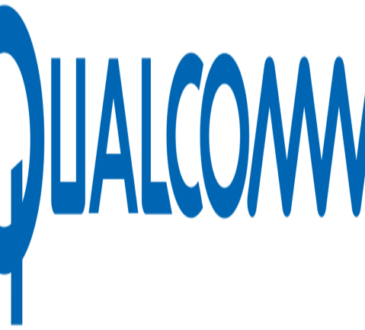Spark Inks A Deal With Nokia To Expand Its 4G And 5G Infrastructure In Key Cities Across New Zealand

Spark has inked a deal with Nokia aimed at expanding its 4G and 5G infrastructure in key cities across New Zealand.
As well as expanding its footprint, the deal is also framed as a kind of efficiency drive. The operator went with Nokia as its preferred 5G Radio Access Network partner in order to streamline operations and consolidate its RAN, we’re told.
The deal covers over 700 sites for which Nokia will provide equipment from its 5G AirScale portfolio including baseband, remote radio heads, and massive MIMO radios.
The kit uses Nokia’s ReefShark System-on-Chip technology, which according to the pitch delivers: “Superior capacity and connectivity to Spark customers while reducing complexity and improving cost efficiencies.”
“Nokia has been a trusted partner of ours for many years, and we are excited to work with them on bringing a world-class 5G network to more of Aotearoa, New Zealand,” said Network and Operations Director for Spark Renee Mateparae. “This next phase of our partnership will see us streamlining our 5G deployments to simplify operations and deliver great 5G experiences for our customers every day. Working with Nokia, we aim to deliver next-generation services that will empower the people and businesses creating Aotearoa, New Zealand’s tomorrow.”
President of Mobile Networks at Nokia, Tommi Uitto, added: “We are thrilled to have been selected by Spark as the majority supplier for this transformative 5G project and to support its vision of streamlining operations and consolidating its network. With our state-of-the-art technology solutions, we are confident that Spark will achieve its objectives of enhancing network efficiency, improving service quality, and delivering a seamless experience to its customers.”
With a liberal serving of acronyms, Nokia also announced today that it is teaming up with ZCorum, which supplies diagnostics and managed services for broadband providers, to develop a DOCSIS Provisioning Adapter (DPA) application.
This, we’re told, will allow cable operators to use their existing DOCSIS-based provisioning system to provision an Optical Network Terminal (ONT) and subscriber services on an ITU-based Passive Optical Network (PON).
The pitch is that when cable operators are upgrading their networks to fibre, the transition often involves implementing ‘next-generation fibre management solutions’, and a software-based DPA can offer a ‘more gradual shift’ from their DOCSIS-based Operations Support Systems (OSS).
The Nokia DPA provides an interworking function, or translation layer, bridging the







